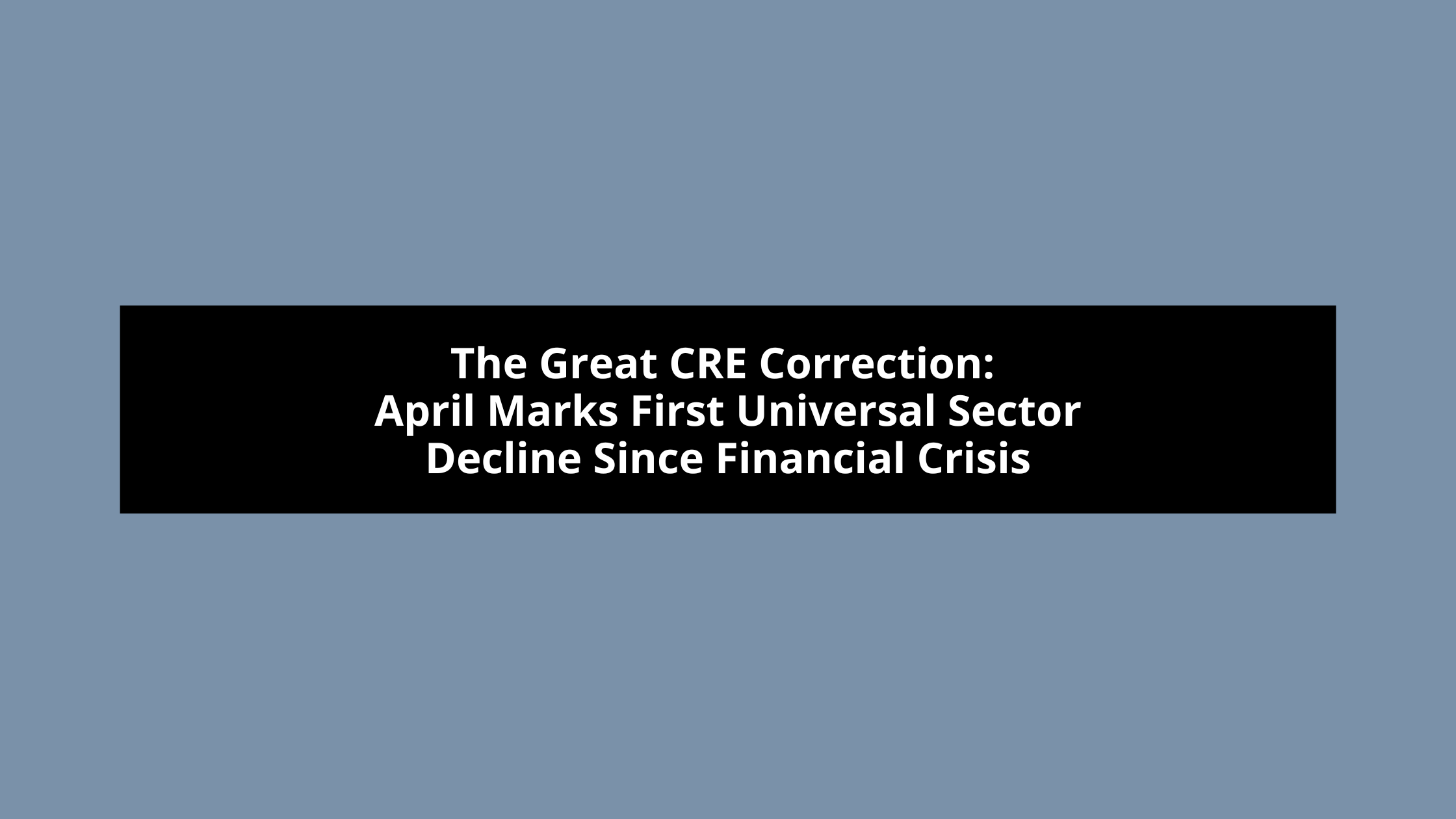Commercial Real Estate Investment Trends: Self-Storage Surges While Small-Bay Industrial Gains Momentum
In a commercial real estate landscape marked by volatility throughout 2024, two asset classes have emerged as particularly attractive investment targets: self-storage facilities and small-bay industrial properties. While these sectors may lack the glamour of high-rise office towers or sprawling retail developments, they’re delivering the stability, cash flow, and flexibility that investors crave in uncertain economic times.
Self-Storage: From Niche to Mainstream Investment
Self-storage has evolved from a specialized investment niche to a core strategy for institutional and private investors alike. The sector attracted $3 billion in investment during 2024, with more than 800 properties changing hands across 51 million square feet of space.
The appeal is clear: self-storage facilities offer consistent revenue streams, relatively low operational costs, and remarkable resilience during both economic upswings and downturns. As urban density increases and lifestyles continue to evolve—particularly with remote work driving housing transitions—the demand for storage solutions remains strong nationwide.
Major players dominated the 2024 acquisition landscape, with Prime Group Holdings investing $264 million across multiple properties, followed by Carlyle Group ($178 million) and StrategicREIT ($131 million). Extra Space Storage made headlines with the year’s largest single transaction, selling a 353,000-square-foot facility in Cerritos, California to Hines for $91 million.
Urban markets commanded premium prices, with Queens, New York leading in total sales volume at over $100 million and per-square-foot costs reaching $389. Other major metropolitan areas seeing significant activity included Miami, where investors closed $77 million in deals across 297,000 square feet, and Brooklyn, which ranked fourth nationally with $60 million in transactions.
The momentum has carried into 2025, with January alone seeing transactions in 26 cities. Seattle has emerged as an early leader with $29 million in sales averaging $309 per square foot, while Costa Mesa, California recorded the highest price nationally at $387 per square foot.
Perhaps most interesting is the growing investor attention on suburban and secondary markets, where demographic shifts are creating new opportunities. In Manahawkin, New Jersey, Public Storage acquired a 119,000-square-foot facility for $23 million—representing 55% of the city’s total inventory—as local rents increased 9% year-over-year. Similarly, in Reisterstown, Maryland, Lee Development Group purchased 100% of the market’s self-storage inventory for $17.75 million.
These suburban investments reflect broader lifestyle changes, including remote work arrangements, downsizing trends among homeowners, and increased business formation outside traditional urban cores—all driving stable, year-round demand for storage solutions.
Small-Bay Industrial: Flexibility Meets Rising Demand
While massive distribution centers and logistics hubs have dominated headlines in the industrial sector, smaller multi-tenant industrial properties—often called “light industrial” or “small-bay industrial“—are quietly becoming investor favorites for different but equally compelling reasons.
Characterized by smaller unit sizes typically under 100,000 square feet, these properties feature diverse tenant rosters and strategic locations near population centers. This combination has proven ideal for addressing growing needs in last-mile logistics, flexible manufacturing, and research and development spaces.
The segment’s performance speaks for itself: small-bay industrial properties ended 2024 with just 3.9% vacancy rates, significantly outperforming larger facilities, which posted 6.7% vacancy according to industry research. This tighter market reflects the increasing demand from e-commerce operations, light manufacturing, and companies engaged in reshoring activities.
The rise of online sales continues to drive need for flexible distribution points close to consumers, while reshoring initiatives are creating new requirements for adaptable production and assembly spaces. Small-bay properties offer the versatility to accommodate these evolving business models without the long-term commitments and higher costs associated with larger industrial developments.
Why These Trends Matter for Investors
Both self-storage and small-bay industrial represent compelling opportunities in the current commercial real estate environment for several shared reasons:
- Counter-cyclical resilience: These sectors have demonstrated ability to perform well regardless of broader economic conditions
- Diversified tenant risk: Multiple smaller tenants reduce exposure compared to single-tenant properties
- Operational efficiency: Lower maintenance costs and staffing requirements than many traditional CRE investments
- Flexible adaptation: Both property types can be reconfigured relatively easily as market demands evolve
- Strong demographic tailwinds: Population shifts, e-commerce growth, and changing work patterns support long-term demand
Looking Ahead
As 2025 unfolds, expect continued strong investment in both self-storage and small-bay industrial properties. For self-storage, watch for more consolidation among operators, higher per-square-foot valuations in dense urban markets, and increased activity in Sun Belt states and commuter-friendly regions.
In the small-bay industrial segment, properties near population centers with flexible configurations will likely command premium prices as last-mile logistics demands grow and manufacturing continues returning to American shores.
For commercial real estate investors navigating an uncertain landscape, these sectors offer something increasingly valuable: stability coupled with growth potential—a combination that’s proving hard to resist.
About MylesTitle:
Your National Real Estate Title Insurance Firm | Since 1979
Nothing matters more than protecting your high stakes, complex commercial & residential real estate transactions. MylesTitle is your solution for commercial real estate title insurance. From the ordinary to the extraordinarily complex, we advocate for owners and lenders to issue the most favorable title policies to benefit you and/or your client in terms of coverage and cost. Contact us to discuss how what we do is different and how we can save you time, energy and money.


